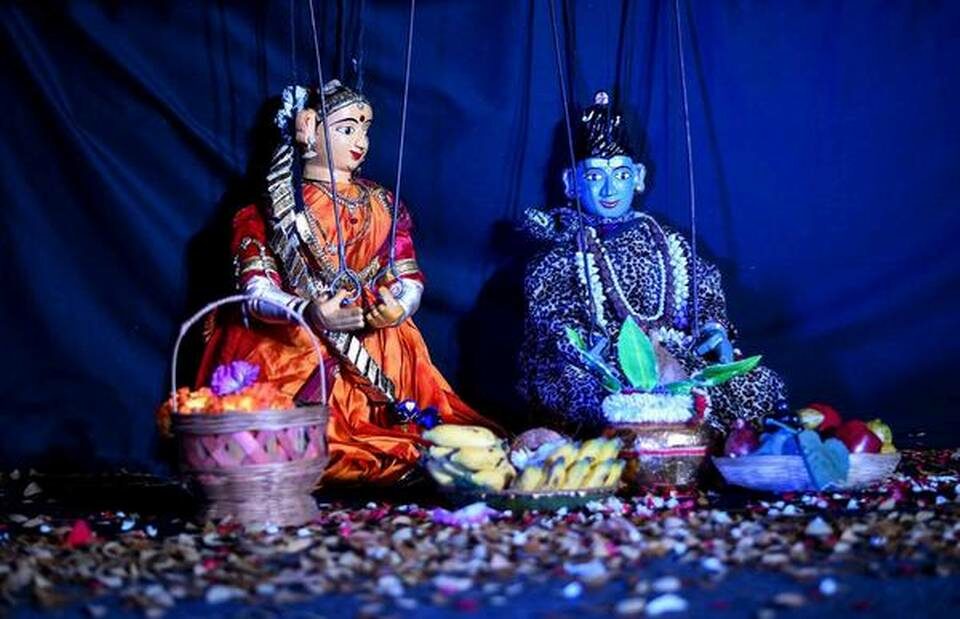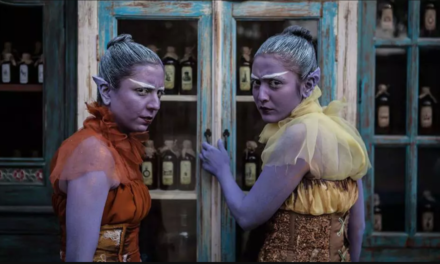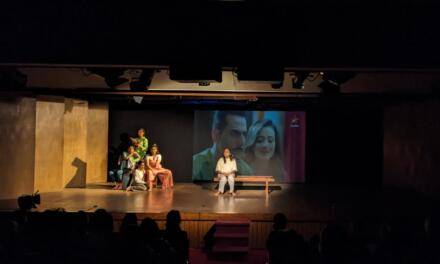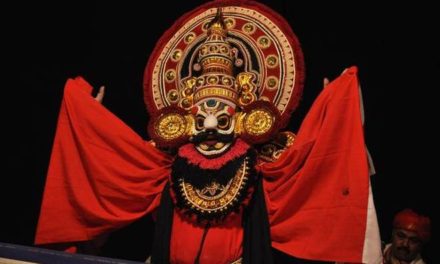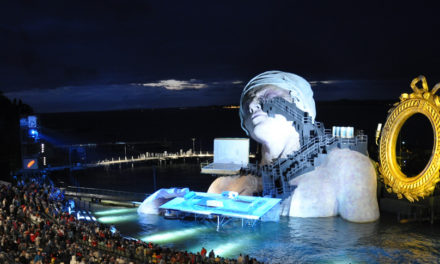Three-time National Award-winning puppeteer Dattatreya Aralikatte, on the evolution of the mudrika style and his journey with the art form.
The mall is bustling with activity — there are shoppers peeping into store windows and children running around excitedly, but the real action is by the escalators at Palladium. A stage has been set up and artists are rushing about setting up the stage for their performance that will start soon. But the man behind it all, Dattatreya Aralikatte, is a picture of calm as he sits on one of the chairs before the stage with Parvati on his lap. “Meet my daughter,” he smiles, as he waves her arms. Parvati is a three-foot-tall wooden puppet that makes an appearance in almost all of Dattatreya’s productions. She was made by his guru MR Ranganatha Rao, many years ago. She is dressed in a burnt orange silk sari and adorned in temple jewelry, sporting a slight smile on her face. She will be one of the main protagonists in the performance later that evening.
The three-time National Award winner is also the recipient of several other awards including the Sangeet Natak Akademi Award for his contribution to the art of puppetry. He began training in puppetry back in 1981 and since then has performed across the country and internationally as well. Dattatreya went on to establish his own theatre called Putthali Kalaranga, evolving a new style called ‘mudrika’; here the puppets have their hands folded into various mudras. They are manipulated using iron rods looped through their hands and three strings that the artist wears, on his head.
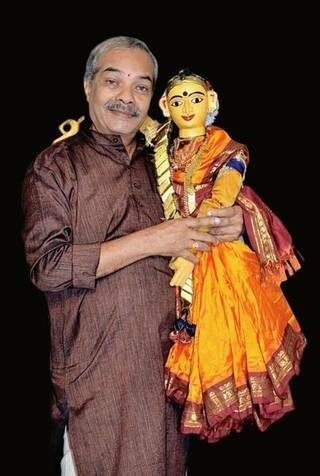
Dattatreya Aralikatte. Photo from the original article.
Every movement of the artist’s head and hands has the wooden forms swaying and dancing gracefully on stage. Dattatreya’s puppets don’t have legs, and that he says lends them the flexibility to move gracefully. He makes his own puppets using traditional woods such as teak, Shivani and sandalwood. Until a few years ago, the troupe would do its own narrations for plays. For the performance in Chennai, however, they’ve switched to recorded narrations to meet language challenges. The play at Palladium is in Tamil; they have performed plays in Kannada (his native tongue), Telugu and English among other languages.
Narratives that matter
“My plays are usually based on mythology. The play in Chennai is based on Kalidasa’s Kumara Sambhava,” says the 66-year-old, adding, “I suppose I’m the first to have adapted a mahakavi into the puppet theatre. The art form is a good mix of poetry, literature, dance, music, and sculpture.”
What set his plays apart, however, is the fact that he adapts them to issues faced in the modern world. From talking about the need for water conservation, pollution, population problems, and food shortage, he touches upon a variety of issues, highlighting the need for intervention. “This is primarily because I want even youngsters to identify with our productions. Also, puppetry is a dying art form. I want more youngsters to get involved and take this art form forward. When we fight for things like property, why not fight to keep this art form alive; it is our cultural property after all,” he says.
His nine-member theatre troupe Putthali Kalaranga has people as young as 16 and as old as 70 on board. “My sons are also a part of the troupe,” smiles the artiste, who has traveled to countries such as South America, America, and Iran with his productions. “What draws people to the mudrika style of puppetry is probably the fact that my puppets can express feelings through abhinaya,” he says.
This article was originally published in The Hindu on May 16, 2019, and has been republished with permission.
This post was written by the author in their personal capacity.The opinions expressed in this article are the author’s own and do not reflect the view of The Theatre Times, their staff or collaborators.
This post was written by Ranjani Rajendra.
The views expressed here belong to the author and do not necessarily reflect our views and opinions.

